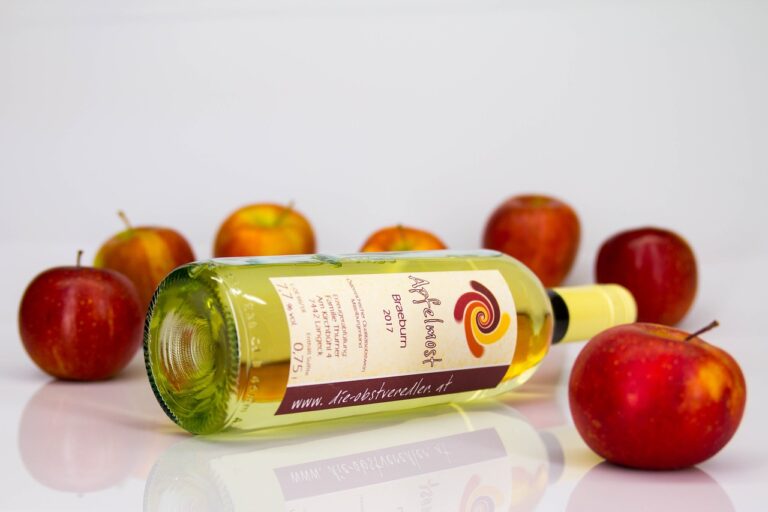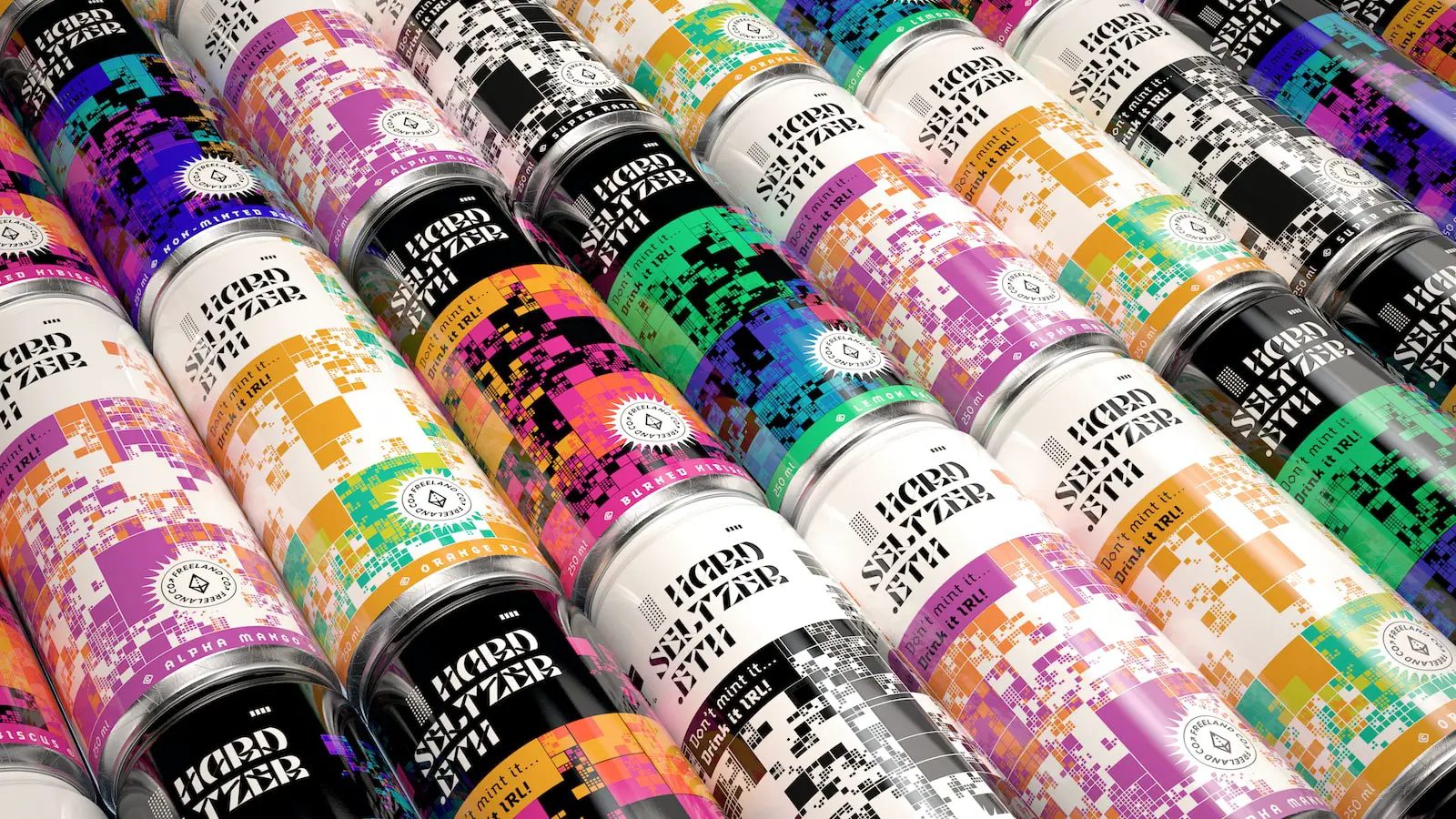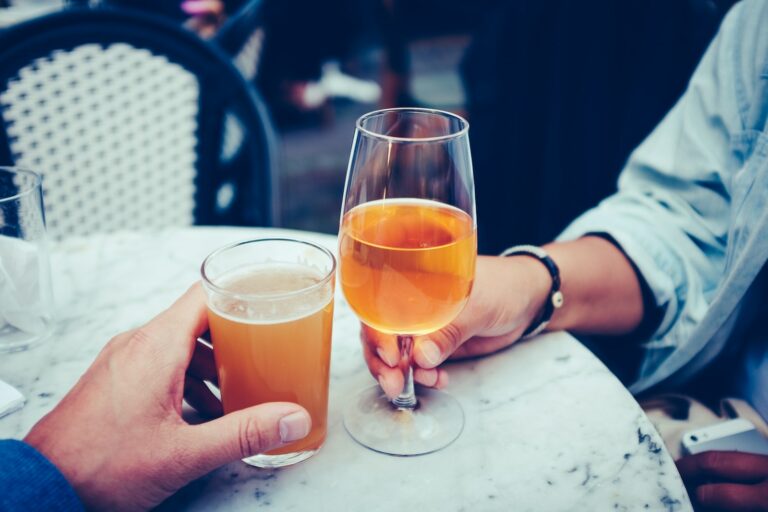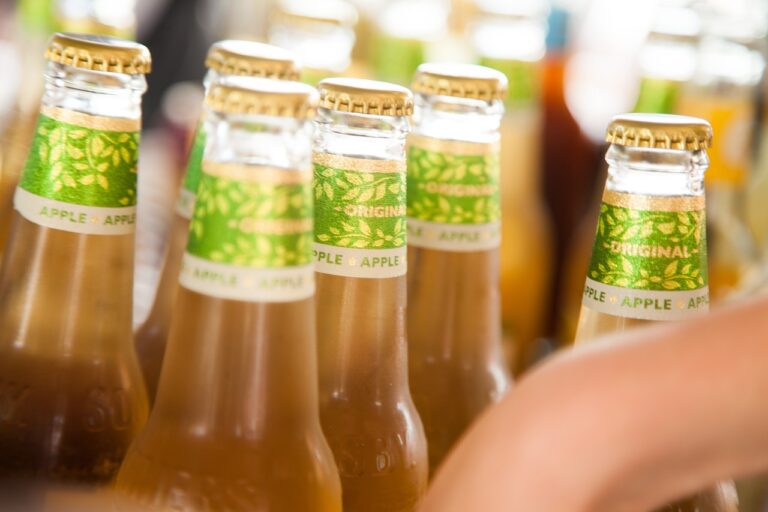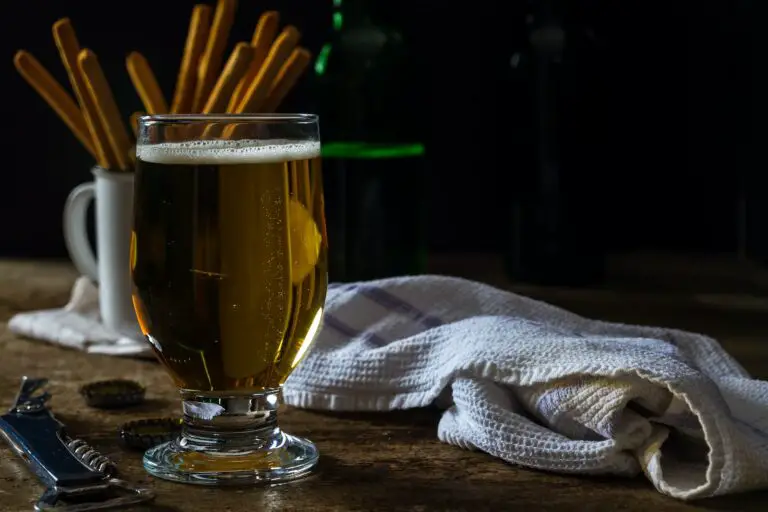Homebrewers aren’t always renowned for having a lot of patience, most of them are eager to know once their beer’s principal fermentation is finished so they can start drinking it!
The process of fermentation is amazing and fascinating. What exactly occurs during fermentation and how fast does fermentation happen?
You may be able to better understand what happens in your favourite alcoholic beverage or kombucha if you are aware of the process.
When hydrometer readings are steady, primary fermentation which includes an effective fermentation phase lasting 48–72 hours are finished.
An ale will typically hydrolyse in the primary fermenter for one to three weeks before being transferred to the secondary fermentation process for conditioning or bottled.
Phases During Primary Fermentation
The primary fermentation occurs right after the beer is brewed and is the initial phase of the fermentation process. The yeasts are producing alcohol and carbon dioxide in exchange.
Beer remains boozy because of the alcohol remaining in it, while carbon dioxide escapes through the airlock. As the sugar is consumed by the yeast, the flavour of the beer changes.
Some flavouring substances known as phenols and esters will enter the beer, depending on the precise variety of yeast.
The very active fermentation stage lasts for about a week. The activity picks up in the first few days and then slows down toward the end of the week.
The exhausted yeast with remaining hop sediment, mash grist, proteins, and other solids, will begin to sink to the bottom of the bucket as the yeast slows down and approaches the end of its sugar feast.
As a result, the bucket’s top is filled with clear, clean beer and a thick layer of sediment at the bottom. Keep the lid on the fermentation bucket!
Although it’s alluring to check on the wort, every time you do, there’s a chance that bacteria or wild yeast will contaminate the beer.
Since we are unable to open the lid, the airlock serves as our primary source of information regarding the status of our beer.
First 12-24 Hours
You probably won’t notice much activity in the airlock for the first 12 to 24 hours. The yeast is using this time to re-energize and increase its population.
Next 1-3 days
You’ll start to notice bubbles rapidly rising through the airlock throughout the next one to three days. They will first appear once every few seconds, then once per second.
Eventually even more frequently. You should smell some pleasant yeasty aromas if you take a whiff of the air leaving the airlock. It ought to smell good, like beer!
Through the End of the Week
The bubbling in the airlock will gradually diminish through the end of the week, becoming progressively less frequent, and eventually ceasing entirely.
This is advantageous because solids are settling to the bottom of the bucket and clearing out of your beer during this slowdown period.
How Long Does the Initial Phase of Beer Fermentation Last?
The primary fermentation process begins when you transmit to a fermenter or add yeast, but it’s a little trickier to say how long it lasts. The majority of the fermentation process happens within a few days.
The primary fermenter will usually hold the beer for 1-4 weeks after the active fermentation phase of the process, which typically lasts 2-3 days.
Once primary fermentation is complete, the beer will be transferred to a secondary fermenter, bottled, or keg.
How Long Does Active Fermentation Last?
The active stage is the first phase of primary fermentation and is the most thrilling to observe and participate in. Watching yeast transform a collection of additives into tasty beer is truly amazing!
The amount of time that active fermentation lasts depends on several factors, including the yeast strain, fermentation temperature, and the beer recipe.
It’s crucial to wait until primary fermentation is finished before moving on to the next stage because bottling too soon can lead to a variety of issues, including over-carbonation.
Let’s examine what we must learn to determine when fermentation is finished!
How Do I Know Primary Fermentation Is Complete?
Primary fermentation ends when all indications of active fermentation have disappeared, the yeast settles to the bottom, and your hydrometer readings have remained consistent for several days in a row.
Visual cues and precise measurements can both help to determine when your fermentation is finished. There won’t be much bubbling coming from the airlock.
The fermenter’s headspace will see almost all of the foam evaporate and the rolling of your beer will stop. As the yeast settles out of suspension, the beer will start to look clearer, its colour may brighten.
On top of the trub, a sizable yeast cake will develop at the fermenter’s bottom.
Using Hydrometer to Determine Fermentation Completion
A hydrometer is a straightforward instrument used to compare any liquid’s density to that of water.
When the hydrometer readings are consistent over days and coincide with the estimated final gravity reading specified in your recipe, it indicates the ending of fermentation.
About 20–25% of your beer’s original gravity reading, 1.015–1.005, will be found in the final gravity reading. It shows how little sugar is present in the beer.
One thing to keep in mind is that hydrometers are typically calibrated to work at a certain temperature, so you may need to make adjustments if your room is unusually hot or cold.
If Beer Ferments Too Long, What Happens?
Technically, you can’t ferment a beer for too long because active fermentation will stop once the sugars have been consumed.
Having said that, leaving your beer in the primary fermenter for an excessively long period leads the beer’s yeast to perish by autolysis. It translates to self-destruction.
When yeast cells die, the contents that are released can contribute to several unpleasant flavours.
Conclusion
The beer’s gravity and the yeast they are using will all affect how long it takes for a batch of beer to ferment.
Depending on the recipe you’re using, there might be specific recommendations for how long to let the beer sit in the primary and secondary fermentation stages.
When primary fermentation is finished, the fizzing, bubbling, and swelling come to a complete end. At this point, some brewers stop the process because the beer is nearly prepared.
But many brewers soon discovered that allowing the fermentation process to go on further results in an even better beer.



